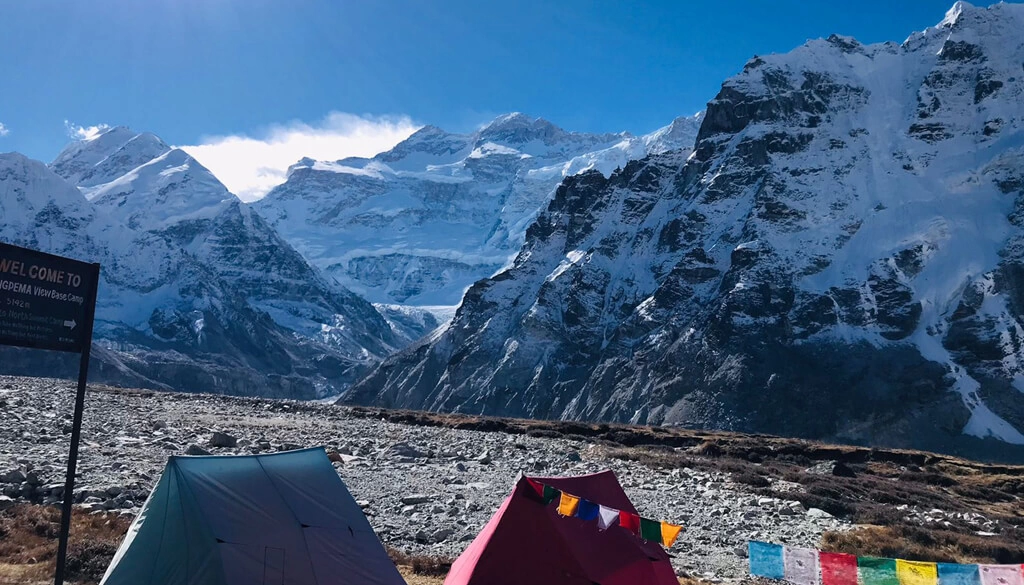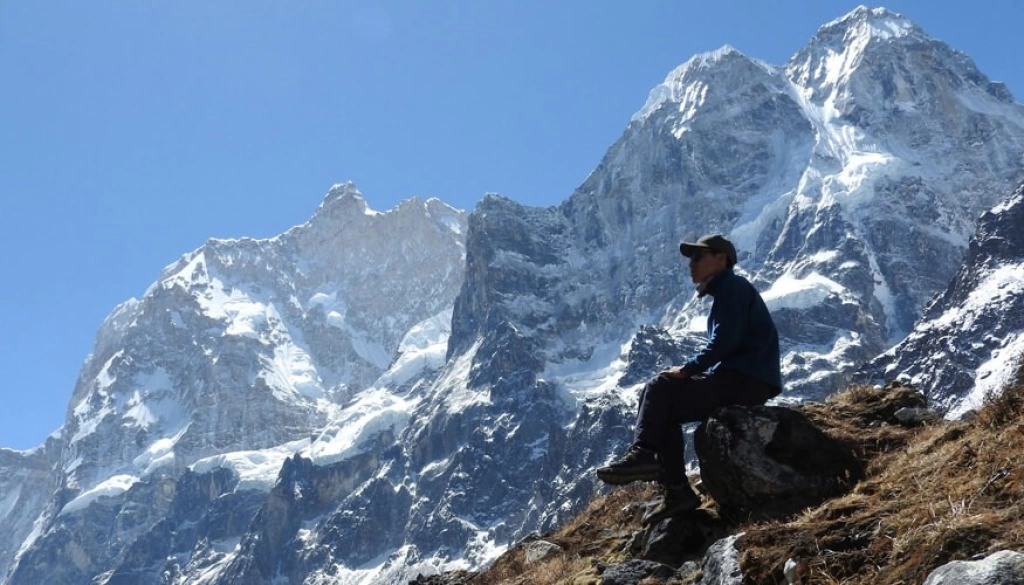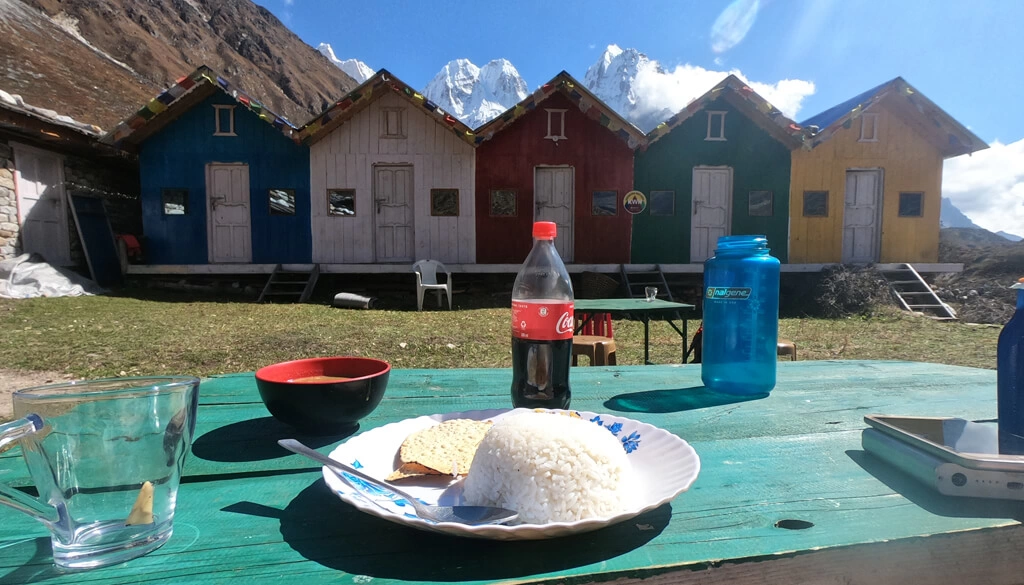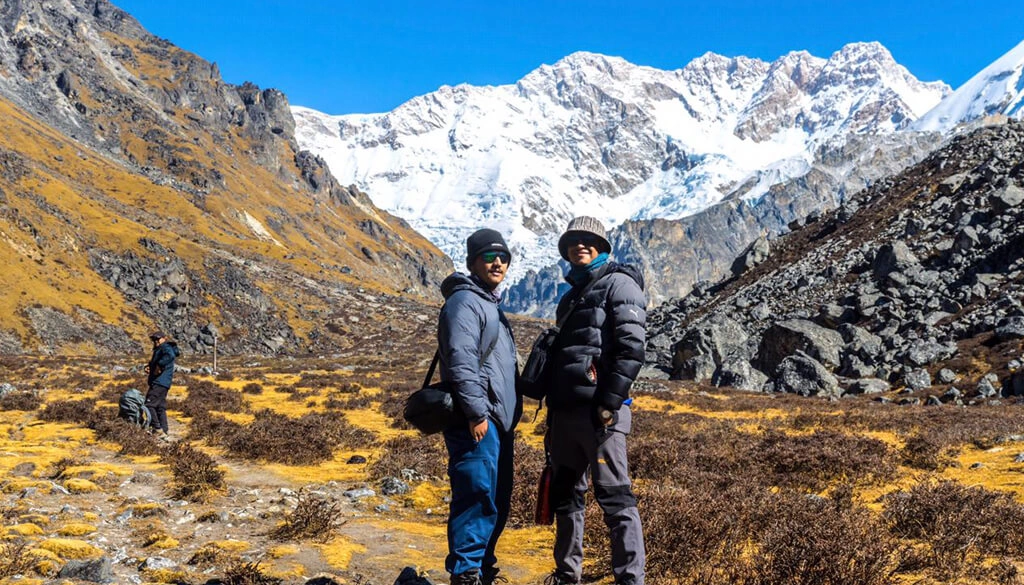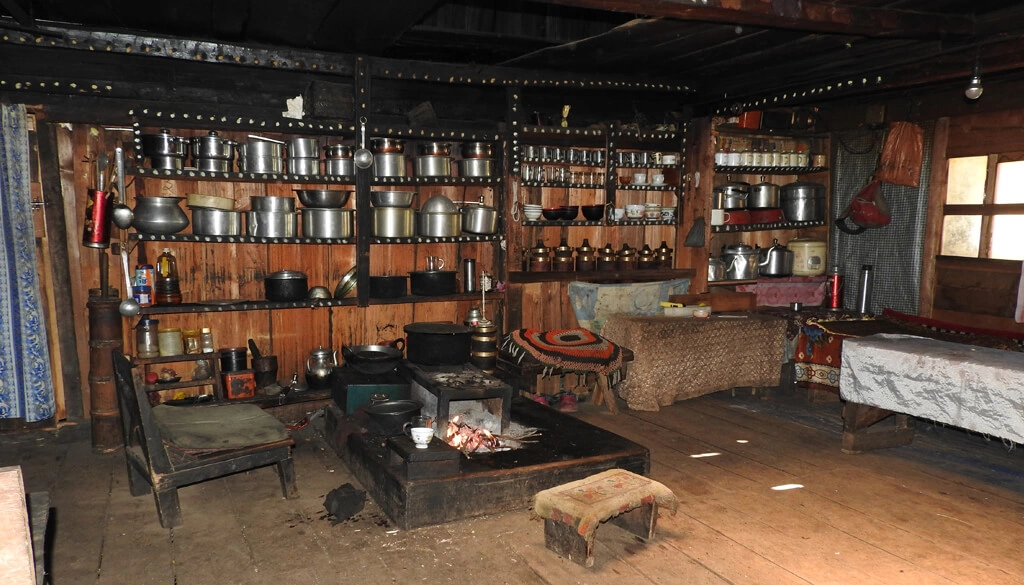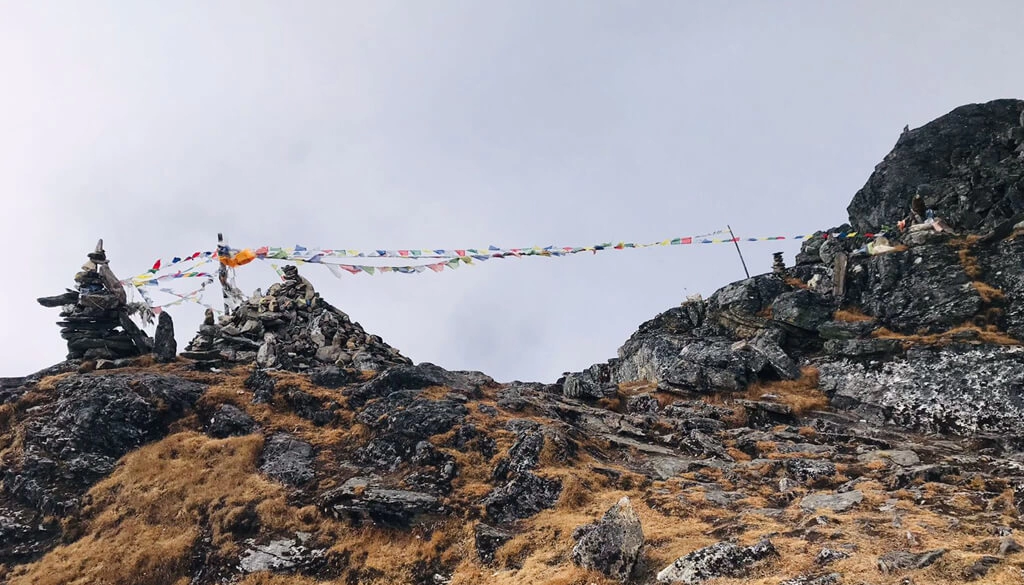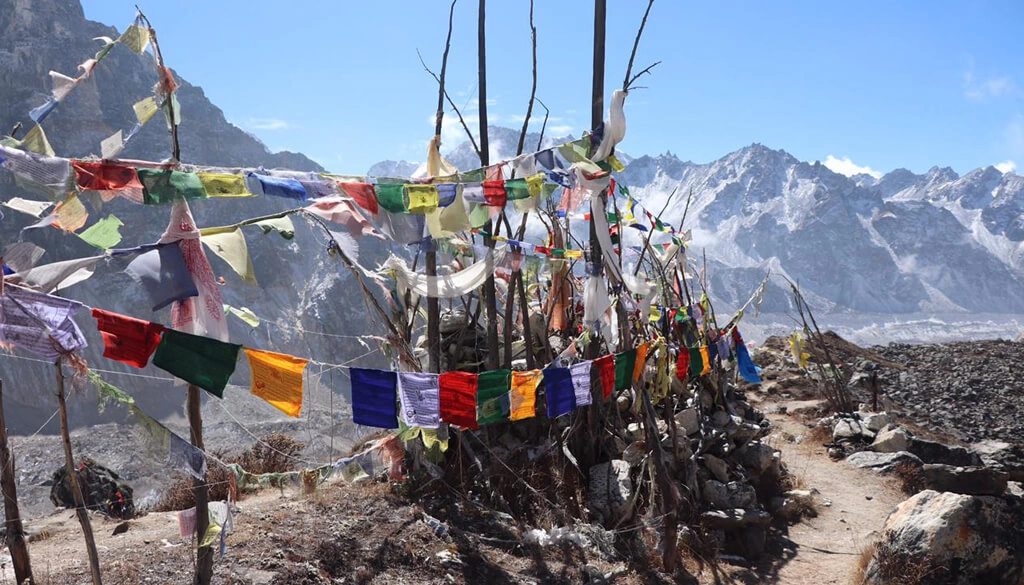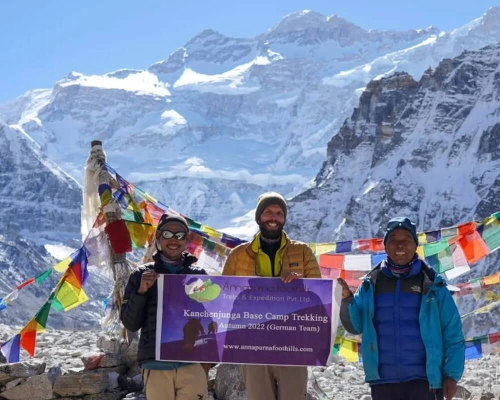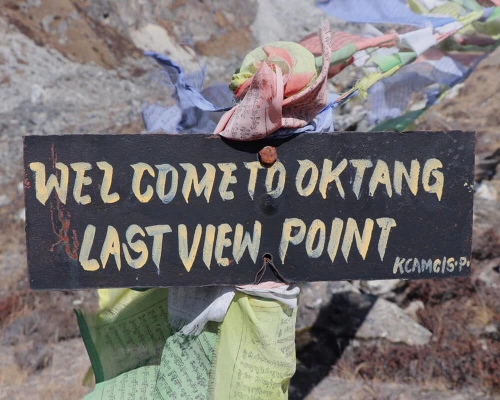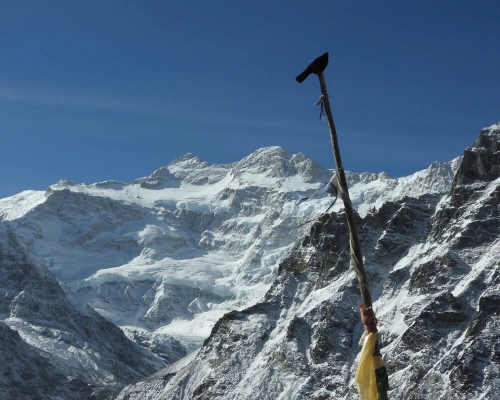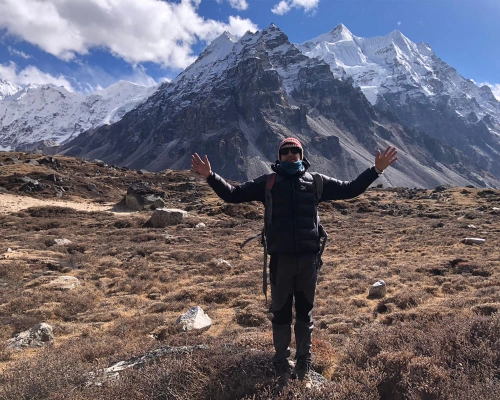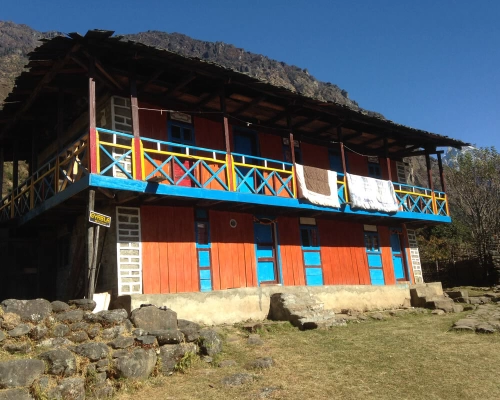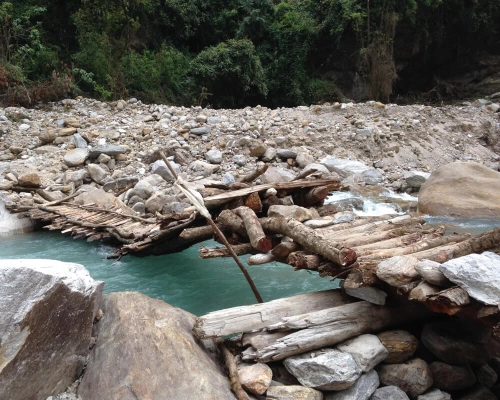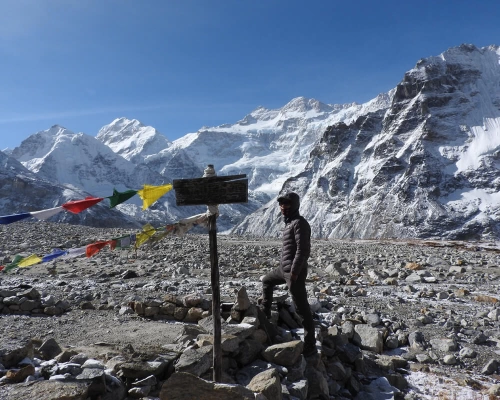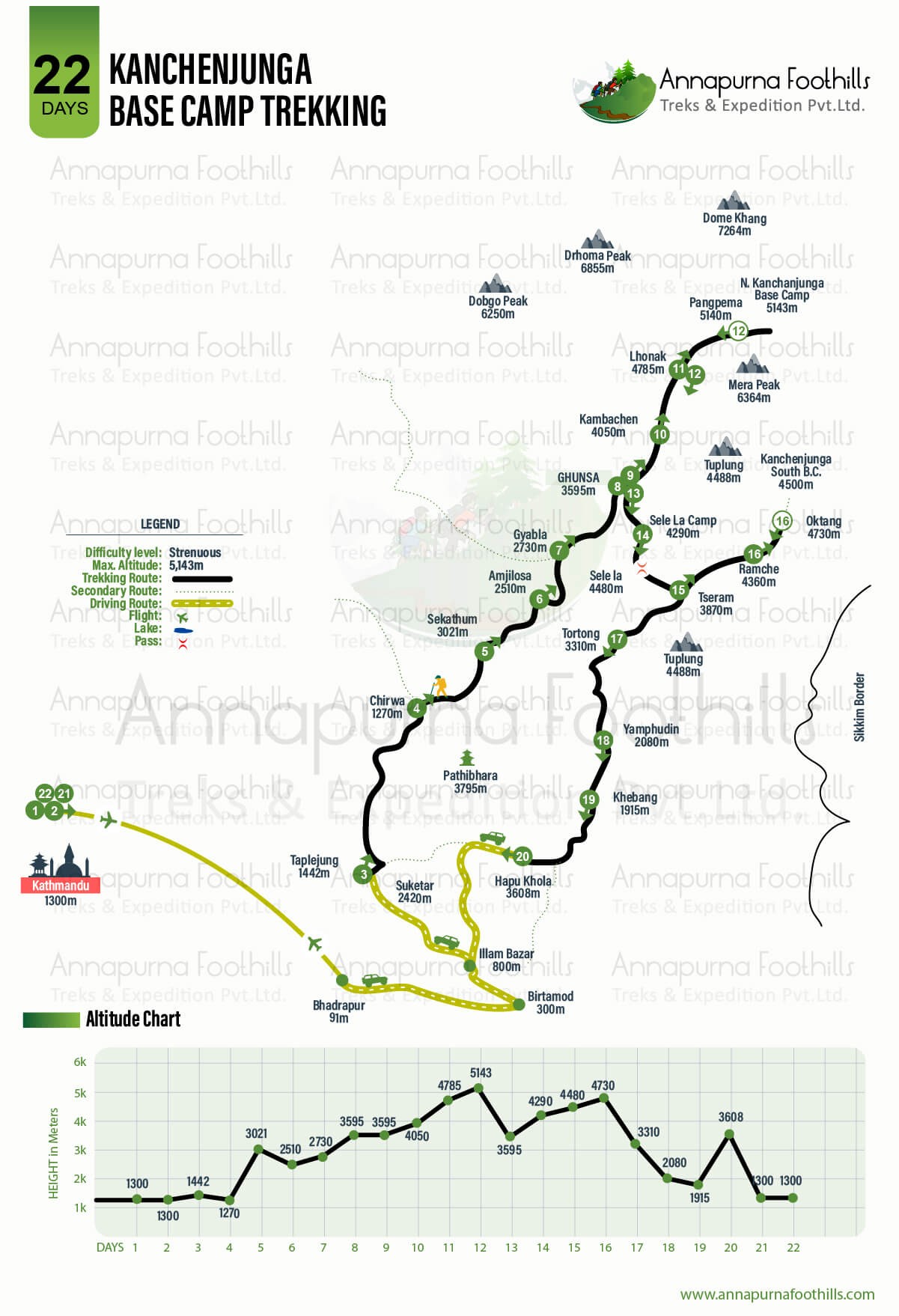About Kanchenjunga Base Camp Trekking
Embark on an Epic Himalayan Adventure !!
The Kanchenjunga Base Camp Trekking is one of the most remote and formidable treks in the Nepal Himalayas. Kanchenjunga Base Camp isn't just a trek; it's a transformative journey. It's about pushing your limits, embracing the raw beauty of nature, and creating memories that will last a lifetime. It is a thrilling trek offering various climates, vegetation, cultures, and landscapes.
Our Kanchenjunga Base Camp journey begins in an emerald embrace. Steamy jungles thud with vibrant life, especially after the monsoon showers. Lower down, the Rai and Limbu cultures weave a rich tapestry, their traditions echoing through valleys and vibrant festivals. As you ascend, the air thins and rugged terrain gives way to isolated Sherpa villages. Sunlight kisses thatched houses nestled in small Buddhist settlements, whispering tales of resilience and faith. Witness nature's paradox as these communities thrive amidst seemingly glaring landscapes. Tibetan Buddhist influences dance in prayer flags fluttering against snow-capped peaks, inviting you to share a sip of their famous Tongba. Imagine: a fermented millet brew, sipped through a straw from a wooden pot, warming your body and spirit against the mountain chill.
Our Kanchenjunga Base Camp Trek appeals to those adventure seekers who want to enjoy the outdoors in relative solitude, embracing the journey in all its multifaceted beauty. For intrepid souls seeking solace in the outdoors, this path whispers its allure. And because your well-being is our priority, we ensure immaculate logistical preparation, unwavering professionalism, and the expert care of our experienced Sherpa staff. Rest assured, you'll return from this Kanchenjunga adventure rejuvenated, humbled, and brimming with stories for days to come.
Be ready to marvel at the human spirit, taste unique traditions, and feel the pulse of the Himalayas in every step you take.
Kanchenjunga Base Camps (North and South Base Camps)
North Base Camp (Pangpema): Nestled at 5,143 meters, Pangpema offers jaw-dropping panoramas of Kanchenjunga's imposing north face and the surrounding snow-capped peaks. Prepare for rugged terrain, glacial landscapes, and a true sense of remoteness.
South Base Camp (Oktang): At 4,730 meters, this base camp grants closer access to Kanchenjunga's majestic south face, with stunning views of glaciers, icefalls, and the stunning Yalung Ri peak. Hike through rhododendron forests and quaint villages, experiencing the region's rich culture.
Kanchenjunga Base Camp Trekking Route Overview:
Our Kanchenjunga Base Camp Trekking trail begins at Suketar, Taplejung. There are two ways to reach Suketar: two flights: Kathmandu-Biratnagar and Biratnagar-Suketar, or we suggest our standard route- fly Kathmandu-Bhadrapur and take a Jeep to Suketar, Taplejung. Click here for detailed itinerary.
From Taplejung, we start by heading northwest for two days on a level trail through small settlements, terraced fields, and forests to reach the Tamur Khola River valley. We follow this valley for five or six days on a trail gradually ascending to Ghunsa. It is the last village where we will find a lodge to stay overnight. The villagers of Ghunsa are traders who travel back and forth from Tibet. They cannot depend on agriculture at this altitude, but they have yaks for transporting their goods and growing one crop of potatoes and barley during the short growing season.
From Ghunsa, the trail follows the north side of Kanchenjunga into a remote region where you will only meet a few yak traders. From the second day of the trek, we will start getting glorious views of Tent Peak, Mera Peak, and Cross Peak. The trail reaches into the glaciers of the alpine zone.
After three days from Ghunsa, we reach Pangpema Base Camp (5143m), from where we get a spectacular view of the massive north face of Kanchenjunga and its glacier. When we spend the night at the base camp, we can hear the ice shattering and falling from the avalanches coming down from the Kanchenjunga glacier.
From Pangpema Base Camp, the trek returns to Ghunsa, from where we turn east and camp overnight at the Selele, a base camp on the way up to the Selele Pass (4480m). After reaching the pass, we descend to Ramche and camp for two nights in the yak pastures. From Ramche, we make a one-day excursion to Kanchenjunga South Base Camp, Oktang (4730m). From Oktang, we get another surreal view of the southeast face of the Kanchenjunga glacier and its neighboring peaks.
Winding down amidst vibrant life
Our journey culminates with a descent along the popular eastern trail, often bustling with fellow Kanchenjunga enthusiasts. With each step-down, the landscape transforms, cloaking itself in an ever-increasing cloak of vegetation. Soon, we find ourselves retracing our steps through tropical terraces, where lush rice and millet fields shimmer under the sun, and Limbu villages paint the hillsides with vibrant energy. Finally, Khebang (1915m) welcomes us back into its warm embrace. From here, a scenic drive whisks us through Ilam's charm, where we spend the night before continuing our jeep ride back to Bhadrapur and our flight to Kathmandu.
Best Time for Kanchenjunga Base Camp Trekking
Conquering the Kanchenjunga base camps (the North, followed by the South) demands respect for the Himalayas' ever-changing seasons. Each presents unique weather, visibility, and challenges. The best time for Kanchenjunga base camp trekking is autumn (September to November) and spring (March to May). The weather is generally pleasant and stable during this time, with clear skies and low rainfall. These times promise stable weather, clear skies, and minimal rain. Autumn showcases the region's finest climate, while spring explodes with stunning blooms and vibrant rhododendron forests. These ideal conditions translate to firm, clear trails and breathtaking vistas, making your Kanchenjunga trek an adventure of a lifetime.
Essential Permits for Kanchenjunga Base Camp Trekking
To embark on the breathtaking Kanchenjunga Base Camp trek, you'll need the following permits:
Kanchenjunga Conservation Area Project (KCAP) Permit: This permit grants you access to the Kanchenjunga Conservation Area, a protected region encompassing the majestic Himalayas.
Restricted Area Permit (RAP): Since the Kanchenjunga region borders Tibet and India, it's restricted. Therefore, you'll need a special RAP to trek here. A registered Nepali trekking agency can only obtain this permit on your behalf.
Preparation / Training for Kanchenjunga Base Camp Trekking
Trekking to Kanchenjunga Base Camp is an incredible adventure, but it's also a challenging one. While the base camp trek promises awe-inspiring views and an unforgettable adventure, it's no walk in the park. High altitude, rugged paths, and capricious weather demand thorough preparation. Ready to conquer the challenge? Buckle up, and let's dive into your preparation/training for your Kanchenjunga Base Camp Trekking:
Physical Preparation
The most crucial physical preparation for Kanchenjunga Base Camp Trekking is building cardiovascular fitness and strength. It would be best to focus on exercises that will help you develop balance, coordination, and agility. It is also important to acclimatize to high altitudes before you attempt to climb the peaks. This can be done by hiking in the mountains at lower altitudes.
Acclimatization
Kanchenjunga Base Camp reaches an altitude of 5,143 meters (16,873 feet), where altitude sickness can be a serious concern. To minimize the risk, plan your itinerary with acclimatization days built in. This means spending a few days at lower altitudes before gradually ascending to higher ones. Regarding altitude sickness medication, consult your doctor about taking Diamox or other medications to help prevent altitude sickness.
Mental Preparation
Mental preparation is as necessary as physical preparation for Kanchenjunga Base Camp trekking. You need to be mentally strong and determined to succeed. You should also be prepared for the challenges of high-altitude multi-day trekking, such as fatigue and altitude sickness.
Bookings Open for 2025 and 2026
The crown jewels of the Himalayas, Kanchenjunga's mighty base camps (north and south), await your footsteps!
We're thrilled to announce that bookings for our 2025 and 2026 Kanchenjunga Base Camp Treks are now open!
Book Your Spot Today: Experience the Adventure of a Lifetime
Please get in touch with us today to book your spot on our Kanchenjunga Base Camp Trekking. We would be happy to answer any questions and help you plan your trip.
Why choose Annapurna Foothills Treks and Expedition?
Guaranteed Departures: Your trek is a go, regardless of the number of participants. No more waiting for minimums to be met!
Tailor-Made Departures: We don't believe in one-size-fits-all adventures. Customize your itinerary, difficulty level, and even the number of days to match your dreams and fitness. Contact us today!
We'll work with you to craft the perfect Kanchenjunga Base Camp experience customized just for you.
